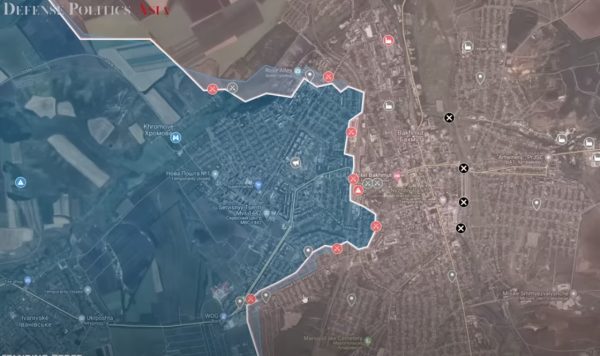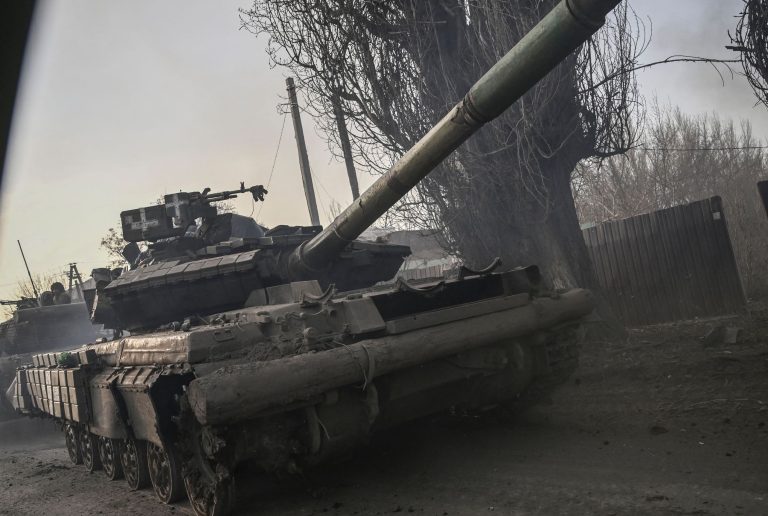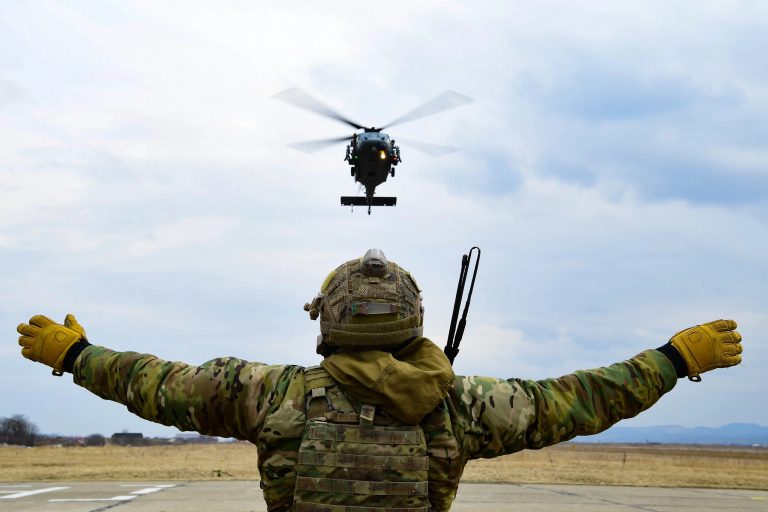The Ukrainian army lost control of two train stations in the key eastern city of Bakhmut by April 12, as well as all government administration buildings, leaving the defenders in control of roughly the western fourth of Bakhmut, a heavily fortified stronghold of large and sturdy Soviet-era apartment apartment blocs.
Over the course of the previous week, troops of the Russian Wagner mercenary company and the regular army made swift advances from their positions at the AZOM steel plant complex and from the bridgeheads they’d established after crossing the Bakhmutova river which lies further to the east. Mercenary leader Yevgeniy Prizgozhin was seen on night-vision video raising a Russian flag on the city’s administration building.

Fighting continues along the north-south rail line, which together with the Bakhmutova river divides the city into thirds. In addition, Russian forces are making headway at the northern and southern flanks of the Ukrainian army’s residential-area defensive stronghold, according to both pro-Ukraine and pro-Russia sources.
A small pocket of Ukrainian troops remained on the eastern side of the rail line, at the time of reporting.

Ukrainian forces have managed to repel Russian attacks further west at the town of Ivanivske, but their operational grasp over Bakhmut itself has been untenable. In particular, the last road to and from Bakhmut has been subject to constant shelling by Russian artillery, making supply and reinforcement increasingly difficult.
Success
You are now signed up for our newsletter
Success
Check your email to complete sign up
Bakhmut is strategically important because of the commanding position it enjoys in the industrial Donetsk oblast. To the west are mostly open plains leading to the larger Donetsk cities of Kramatorsk and Sloviansk. The fall of Bakhmut also threatens Ukrainian troops defending the Siversk front to the north, which in turn helps Ukraine maintain control over its September 2022 counter-offensive gains.













